 Stepping out into frigid temperatures with cold, tight muscles never feels that good and could be putting you at risk. Whether you are a winter runner, a cross-country skier, alpine skier, or bobsledder a proper warm-up is critical for optimal performance and injury prevention. If you are not currently using a warm up before sport participation or races, here are some points to consider.
Stepping out into frigid temperatures with cold, tight muscles never feels that good and could be putting you at risk. Whether you are a winter runner, a cross-country skier, alpine skier, or bobsledder a proper warm-up is critical for optimal performance and injury prevention. If you are not currently using a warm up before sport participation or races, here are some points to consider.
Why Bother?
Aerobic warm up promotes blood circulation to the muscles for optimum oxygen delivery and energy metabolism. Raising the heart rate helps warms up the core and peripheral body temperature to make soft tissues more resilient and pliable. Lubrication of the joint surfaces through dynamic range of motion exercises decreases resistance and improves sport specific mobility. Practicing muscle recruitment patterns that are sport specific will prime the nervous system to help coordination of complex, powerful or quick movements. Progressive loading of tissues by gradually adding speed or resistance prepares the tissues to handle forces safely. Canada One bobsled pilot Justin Kripps understands the importance of a proper warm-up and said “I perform a series of muscle activation exercises in my warm up that have almost completely relieved my chronic Achilles tendonosis”.
Getting your body into the sport groove physically can also help prepare you mentally by clearing the head of distractions and helping achieve focus.
How Long Does it Take?
Professional athletes take their warm-ups seriously. Before a bobsled race, athletes will spend 30-45 minutes warming up to prepare to push a 465 lb sled for 5 seconds over 50 meters, before jumping into the sled and sliding down the track at speeds of 140 kilometers per hour!
Recreational athletes commonly warm up on the go with lighter exercise building into more strenuous activity. It will take most athletes between ten to twenty minutes of movement activity to physically heat up and be ready for higher level performance. Even if you are limited for time, taking an extra five minutes for more sport specific exercises on top of aerobic warm up will have a positive impact. In general, the longer or less intense the exercise session, the shorter the warm up necessary to be useful. The goal is not to be fatigued after warm up but ready to go.
What Do I Need to Do?
After heating up the body with some form of aerobic activity, the warm-up should include movements that activate the neuromuscular system. This means tuning up the nerve to muscle communication by stimulating muscles that may be slow to respond or that are about to be used at a high intensity. Depending on the sport’s requirement, you may need to start slowly and then build speed or power production in a controlled fashion. For mobility, it is recommended to perform dynamic, not static stretching. Dynamic stretching integrates sport specific muscle patterns using movement rather than holding a stretch for a prolonged time. The Hip Swing exercise seen later in this article is an example of a dynamic stretch.
The Routine
A warm-up routine should be individualized based on the sport requirements. The following images demonstrate five keys movements that will help prepare the body and activate key muscles for your winter activities.
Do the exercises in a non-stop sequence to maintain your core temperature and prepare your body and muscles for activity. Exercises can be done inside or outside. If done inside, ensure that you do not overheat before going outdoors.
1) Aerobic Warm Up
Jog or skip for five to ten minutes to increase the heart rate and raise the core body temperature. If you will be running on icy surfaces, consider using products like micro-spikes for better traction and safety. Most running and sport stores carry specific footwear or devices to put over the sole like Kahtoola Nanospikes and Yaktrax Run.
2) Squats
Place a mini-band or Theraband loop above your knees. The band will act to drive your knees inwards, which will force you to use your hip abductors, the major hip stabilizers, to push the band outwards. To increase the difficulty and to challenge your balance, try squatting on one leg.
Start slowly and gradually increase the speed of the squat.
Do 5-10 repetitions.
Key points:
Sit back as you squat to try to activate your posterior chain of muscle including the gluteals and hamstrings.
3) Three Way Hip Activation
With a mini-band or Theraband around your ankles, stretch the band apart in three separate directions:
i) Turn your hip inward and stretch band to the front at a 45 degree angle
ii) Turn your hip outward and pull back at a 45 degrees angle
iii) Extend your hip straight back, ensuring you do not over arch your lower back
Do 5 to 10 repetitions. Repeat enough times to notice the muscles around your hip working, but not so much that you feel fatigue.
Key points:
Keep you pelvis square and level during the exercise
Keep your knee extended on the leg that you are pulling with to ensure optimal contraction of your hip musculature and not overuse the hamstrings.
4) Bird Dog
In a hands and knees position, engage your core muscles and extend the opposite arm and leg and hold the position for 5 seconds
To increase the difficulty, try using a Theraband or sport cord, or try this exercise with your knees off the ground (on toes).
Do 10-15 repetitions each side.
Key Points:
Keep a neutral lower back and neck
Think about squeezing your gluteal muscles when you extend your leg backward
Push your fingers forward with the thumb turned upward and push the heel backward with toes toward the floor
5) Hip Swings: Hip Adduction/Abduction and Hip Flexion/Extension
While holding on to a wall, bench or post, swing your legs side-to-side and forward and back. Swing 10-20 times in each direction for each side.
Key points:
While swinging your legs, maintain a neutral spine, tighten your core and ensure you do not over-extend or over-flex your lower back.
References available on request.
Tyson Plesuk and Louise Taylor
For further information or questions, feel free to email tyson@movementsportsclinic.ca or louise@movementsportsclinic.ca
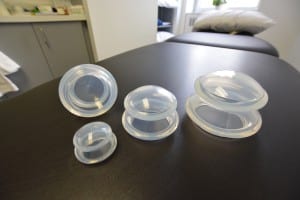



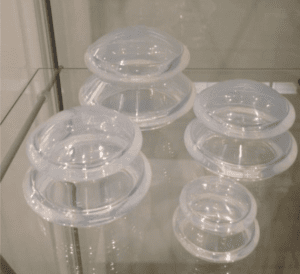 It is a hybrid between traditional cupping and myofascial release. There is compression from the rims of the cups, however the principal intent is the Negative pressure. The cups lift and separate, where most other forms of massage use pressure. This Passive soft tissue stretch, with the lifting and separating, makes for one of the best ways to passively stretch fascia. Myofascial Cupping across tissues increases nutrient rich blood to the area. It also brings reduction of the sympathetic nervous system due to the negative pressure. Fascia could be likened to plastic wrap surrounding the body; holding organs, joints, and muscles together. Challenges to the fascia can be brought on from surgical incisions, history of soft tissue injuries, misalignment of joints over a period of time, repetitive strain, just a few examples.
It is a hybrid between traditional cupping and myofascial release. There is compression from the rims of the cups, however the principal intent is the Negative pressure. The cups lift and separate, where most other forms of massage use pressure. This Passive soft tissue stretch, with the lifting and separating, makes for one of the best ways to passively stretch fascia. Myofascial Cupping across tissues increases nutrient rich blood to the area. It also brings reduction of the sympathetic nervous system due to the negative pressure. Fascia could be likened to plastic wrap surrounding the body; holding organs, joints, and muscles together. Challenges to the fascia can be brought on from surgical incisions, history of soft tissue injuries, misalignment of joints over a period of time, repetitive strain, just a few examples.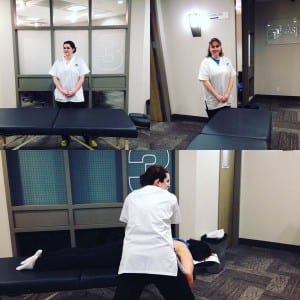
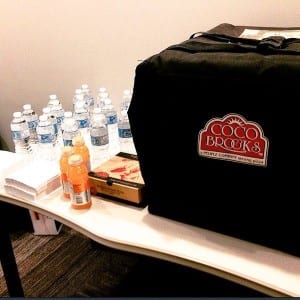
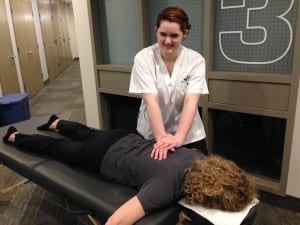
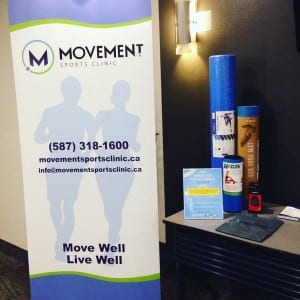
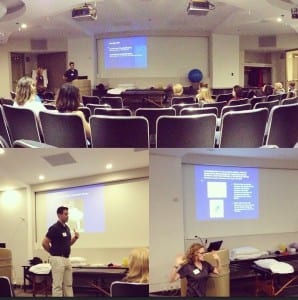
 Stepping out into frigid temperatures with cold, tight muscles never feels that good and could be putting you at risk. Whether you are a winter runner, a cross-country skier, alpine skier, or bobsledder a proper warm-up is critical for optimal performance and injury prevention. If you are not currently using a warm up before sport participation or races, here are some points to consider.
Stepping out into frigid temperatures with cold, tight muscles never feels that good and could be putting you at risk. Whether you are a winter runner, a cross-country skier, alpine skier, or bobsledder a proper warm-up is critical for optimal performance and injury prevention. If you are not currently using a warm up before sport participation or races, here are some points to consider.


